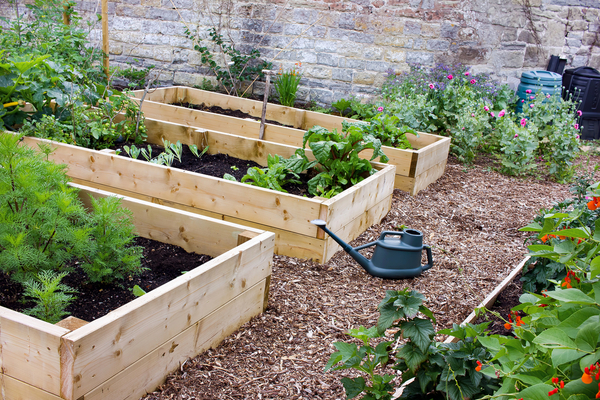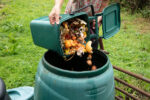Winter is fading quickly, so it’s time to get your yard and garden ready for a vibrant spring. A little early preparation can ensure healthy plants, a lush lawn, and a welcoming outdoor space for the warmer months ahead. From cleaning up debris and refreshing garden beds to pruning, fertilizing, and planning new plantings, these essential steps will set your yard up for success. Get going now, and you’ll be enjoying a thriving, beautiful backyard in no time!
Revitalize Your Lawn
Your lawn might need a little extra care to recover from winter. Begin by raking away dead grass and debris. This not only cleans up the lawn but also helps aerate the soil. Apply a fertilizer rich in nutrients to encourage new growth. If there are bare patches, consider reseeding to ensure a full, lush look. Water regularly, especially if spring rains are sparse. A revitalized lawn is not just aesthetically pleasing but also creates a comfortable space for outdoor activities and relaxation.
Prune Shrubs and Trees
Pruning is essential to keep your plants healthy and promote new growth. It involves removing dead or diseased branches and shaping the plant to encourage a balanced structure. Early spring is the ideal time before new growth starts. Use sharp, clean tools to make precise cuts, and never remove more than a third of the plant at a time. For flowering shrubs, wait until after they’ve bloomed to prune, ensuring you don’t cut off next year’s buds. Proper pruning leads to healthier plants and a neater backyard.
Plan Your Garden Layout
Planning makes planting more productive. Consider what plants thrive in your climate and how much sunlight your garden receives. Sketch a layout that includes space for flowers, vegetables, and herbs. Think about height and color to create visual interest. Planning now helps you purchase only what you need, saving time and money. It also allows you to stagger planting times for continual blooms. A well-thought-out garden layout can turn your backyard into a beautiful retreat tailored to your tastes.
Build Raised Garden Beds
Raised garden beds offer many benefits, including better soil drainage and easier access for planting and maintenance. They also allow you to control the soil quality, which is crucial for plant health. Construct beds from untreated wood or other non-toxic materials. Place them in a sunny spot and fill with a high-quality soil mix. These beds are perfect for vegetables or flowers and can be customized to any height or shape. Raised garden beds can transform unused spaces into productive garden areas.
Refresh Existing Garden Beds
Garden beds benefit from a fresh start in spring. Remove any weeds or dead plants that didn’t survive the winter. Turn the soil to aerate it and mix in compost or other organic material to enrich it. This prepares the bed for new plantings, giving roots the nutrients they need to flourish. Consider adding edging to define your garden beds and prevent grass from encroaching. By refreshing your garden beds, you’re setting the stage for vibrant, healthy plants that will thrive throughout the season.
Start Composting
Composting turns kitchen waste into valuable garden soil. Start by setting up a compost bin in a convenient but out-of-the-way spot in your yard. Add fruit and vegetable scraps, coffee grounds, and lawn clippings. Avoid meat or dairy as they attract pests. Turn the compost regularly to speed up decomposition. Over time, you’ll create rich, organic matter to enrich your garden beds. Composting not only reduces waste but also provides a sustainable source of nutrients for your plants, promoting healthier growth.
Start an Herb Garden
Herbs are not only useful in the kitchen but also easy to grow. Select a sunny spot, and plant herbs in containers or a dedicated garden bed. Consider easy varieties like basil, parsley, and mint. Use quality soil and ensure proper drainage. Regular trimming encourages bushier growth. An herb garden is a practical addition that adds fragrance and flavor to your cooking. Plus, it’s a delightful way to introduce kids or beginners to gardening, making it both a fun and educational backyard project.
Plant Spring Annuals
Annuals bring vibrant color to any garden and are perfect for filling in gaps between perennials. Choose flowers that thrive in your climate and provide continuous blooms throughout the season. Prepare the soil by adding compost to enrich it, ensuring your plants have the nutrients they need. Plant on a cool, cloudy day to reduce transplant shock. Water thoroughly after planting and regularly throughout the season. With a little care, spring annuals can transform your garden into a colorful display.
—
Photo Credit: jgolby / Shutterstock.com













